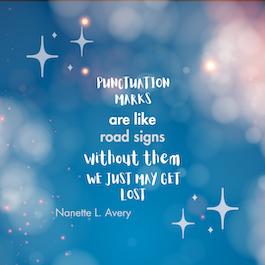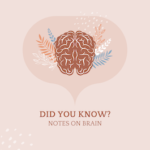Commas — Periods — But WHY?

A couple weeks ago one of my younger students posed two very interesting questions after having discussed the three main usage rules of comma: ‘why do we put commas? how many commas on average does a text have?’ It made me realize that I had never thought about that before. Thus, I decided to look it up here and a few other sources.
The answer to the posed questions lies in history, religion, and Arts. I thought it would be helpful to gather the highlights below based on the prominent historical periods for me and my students to peruse:
1. Antiquity. In the 3d century BC, a system of dots was created to separate verses and to pinpoint the oral periods at which an impactful pause was to be made. As a result, comma, colon, semi-colon, period did not exist in the written form, since they took solely the form of such dots (breaths) to pinpoint textual subparts. According to Wikipedia, the lengths of the text were marked by a dot at the bottom, top, or middle of the line. In Byzantine and Greek texts the ‘rough’ and ‘smooth breathings’ were placed (ἁ, ἀ).
* an interesting fact is that orators memorized excerpts by walking, so each part of walk commemorated certain text excerpts — isn’t it the true metaphor of life, in all its purest forms?
2. Christianity and Middle Ages. St. Augustine was utterly against the idea that the Bible verses would be misunderstood or even slightly altered both in written and spoken forms, so he insisted on the placement of appropriate punctuation not only in the texts for orators, but also in written forms.
3. Renaissance. Oh, my beautiful Rinascimento period (I have always been in love with it and even wrote multiple coursework pieces on that period focusing on arts in all its amazing forms, from literature to sculpture and fine arts). Aldus Manutius was one of the first humanists from Veneto (where the city of Venice is) to create the prototype of the modern comma, the way we recognize and use it today.
4. The Invention of Printing Press started regulating the comma usage in both its appearance and punctuation control. At that time, silent reading started spreading, so readers had to understand where the clauses ended and started so that textual units could be understood more precisely without oral presentations. Mere listening to the oral textual reproduction still existed, but was not dominating the minds anymore.
What’s next? The concept of comma usage has been evolving over centuries, as can be seen from this brief run-through. So, what’s next? Will the development of IT and AI affect the punctuation somehow? I don’t have any predictions yet — what would you say?
Thanks to Netflix, Denis and I have recently watched an absolutely phenomenal Brazilian movie titled The Dream Seller (based on the book)— its startling originality completely won me over. In the film, one of the protagonists contemplates committing a suicide by jumping from the 21st floor of the skyscraper. He wants to put a period. He is done. He wants to draw his last breath.
The other protagonist, who is a beggar roaming the streets, witnesses the emotional struggle, and by saying the right words at the right moment convinces the first protagonist not to jump. (Who says that actions speak louder than words? Actions mirror the words. Words should mirror the actions).
The beggar calls himself ‘the Dream Seller’. He ‘sells a comma’ to the suicidal man. No period, no triple dot — no finished or semi-finished life patterns. A comma. He sells a comma so that despite the horrors, losses, and obstacles he has faced (and will continue to face), he puts a comma in his story and continues breathing and living. Sometimes when you feel like the world is collapsing on you and you feel like putting a huge fatty period, think of putting a comma. Think of continuing writing your story.


